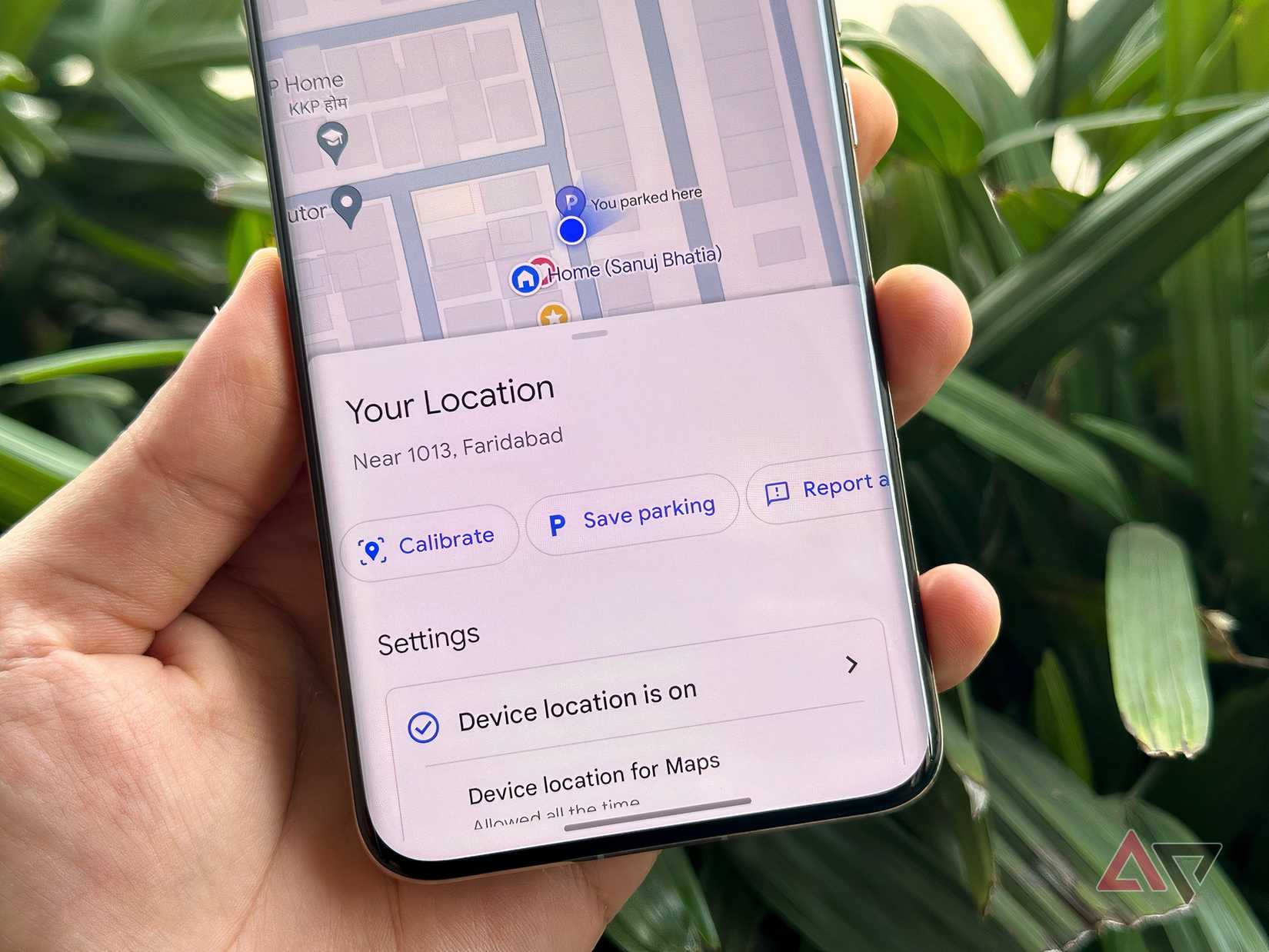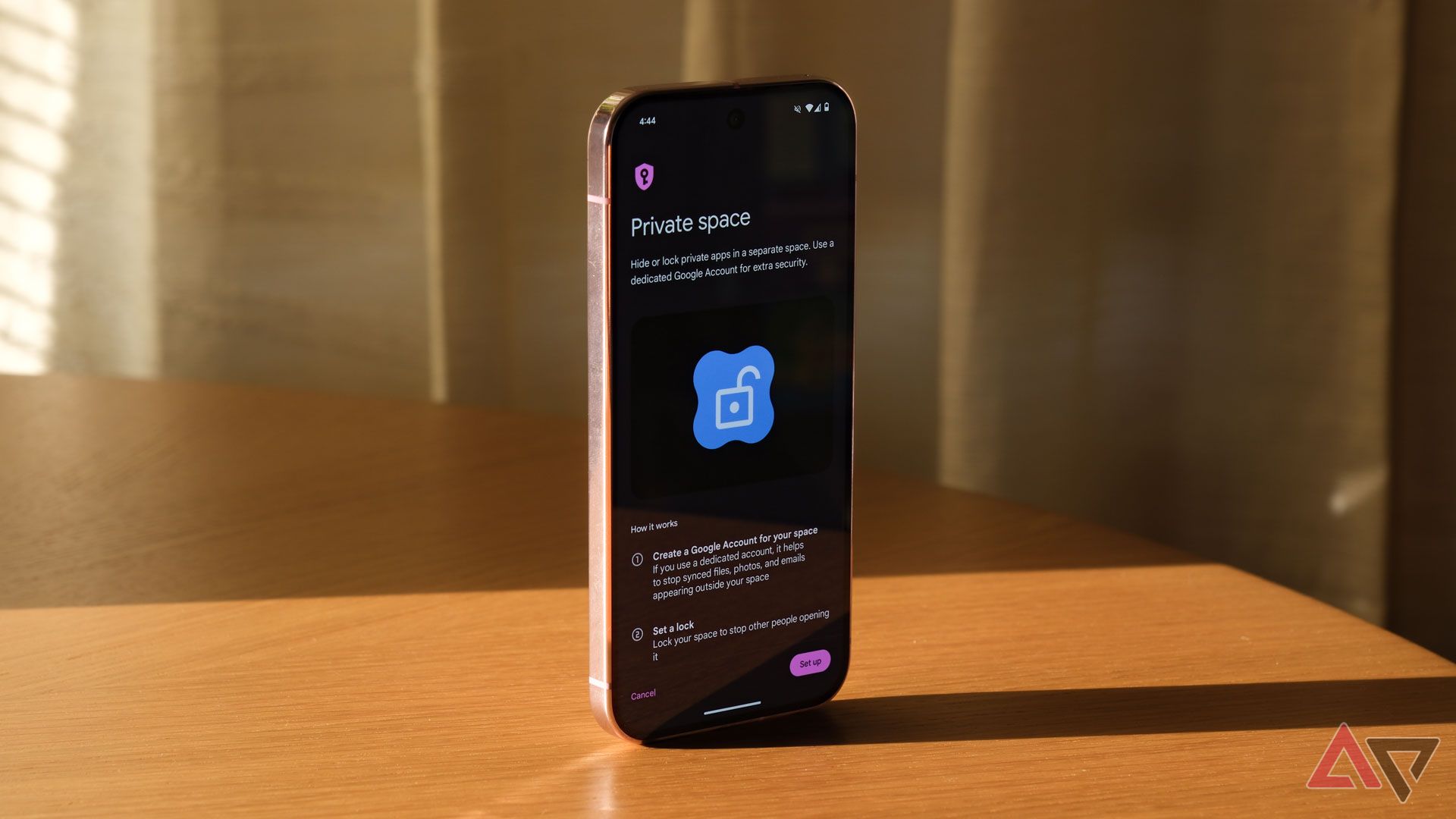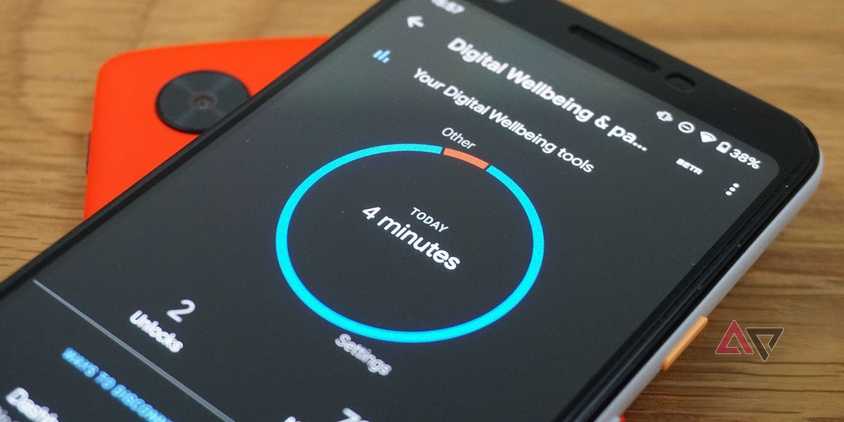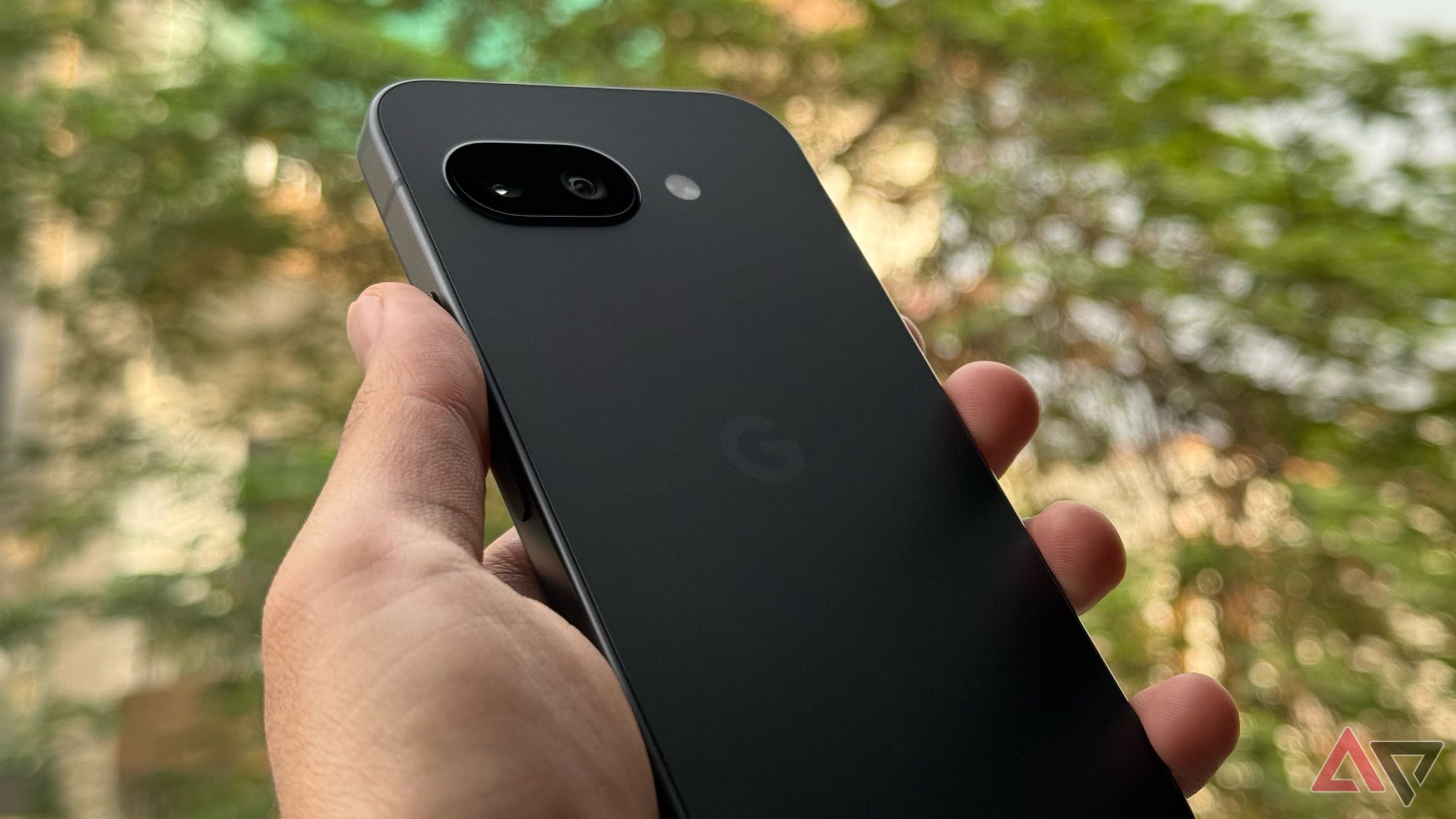The Google Pixel 9 is a fantastic phone, boasting a refined design, a vibrant display, and tons of AI smarts. But for all its strengths, one aspect has left many users, including myself, wanting more: it’s just too thick.
At 8.5mm and 198g, the Pixel 9 feels heftier than its sleek competitors, such as the Samsung Galaxy S24 (7.6mm) or iPhone 15 Pro (8.25mm), and the prominent camera bar adds to the perception of bulk.
For a phone marketed as a compact flagship, this thickness undermines its ergonomic appeal, making one-handed use a chore for some.
As we look ahead to the Pixel 10, arriving next month, Google has a golden opportunity to address this pain point.
A thinner Pixel 10 wouldn’t just improve comfort. It could reposition the Pixel as a leader in premium, user-friendly design, especially in a market where slimmer profiles are making a comeback.
Which is why I think a thinner Google Pixel 10 will be a welcome change.
Why thickness matters
The Pixel 9’s 8.5mm thickness has sparked noticeable criticism among users and reviewers.
While it was supposed to be a compact flagship, it’s not a thin or light device by any comparison.
The camera bar, nearly a third as thick as the phone, exacerbates this, making the Pixel 9 feel thicker than its specs suggest.
A thinner Pixel 10 — ideally closer to 7.5mm — would restore the compact, one-handed usability that made earlier Pixels stand out.
Beyond ergonomics, thickness impacts perception.
In a market where flagship phones are judged on their premium feel, a chunky design can feel dated.
A move like this would signal that Google is listening to its core audience, delivering a device that feels as modern as its software and AI features.
Hardware has not been Google’s strongest suit, but it’s leaving a lot of low-hanging fruit on the table.
Your comment has not been saved
The Pixel 9 is Google’s most affordable 2024 flagship, making a few compromises when compared to the Pixel 9 Pro and Pro XL while retaining the Google smarts the lineup has become known for. An upgraded 48MP ultra-wide camera is paired with a 50MP main shooter, and the selfie cam added autofocus. All of this comes with new Gemini AI features and a 2,700-nit Actua display for exceptional value at its price point.
Competitors are far ahead
Google’s rivals are already prioritizing slimmer designs, putting pressure on the Pixel 10 to follow suit.
The Samsung Galaxy S25, at 7.2mm and 162g, offers a noticeably lighter and more comfortable grip, earning praise for its one-handed usability.
Similarly, the iPhone 16’s 7.8mm thickness and 170g weight make it feel more refined than the Pixel 9.
Even mid-range devices like the Pixel 9a, which feels thinner due to a less intrusive camera bump, highlight Google’s ability to streamline designs when it wants to.
Samsung Galaxy S25 Edge
- SoC
-
Snapdragon 8 Elite
- RAM
-
12GB
- Storage
-
256GB, 512GB
- Battery
-
3,900mAh
- Ports
-
USB-C
- Operating System
-
Android 15, One UI 7
Samsung’s latest smartphone combines the best elements of the mainline Galaxy S25 trio with an all new slim chassis. But will the smaller battery and reduced sensor count be enough to win over enthusiasts?
If we look at more extreme examples, such as the Samsung Galaxy S25 Edge or think about the upcoming iPhone 17 Air, the Pixel series doesn’t hold ground against them.
Granted, the Pixel 9 had a bigger battery than all of these phones, but it still doesn’t feel extraordinary.
The OnePlus 13S, for example. It has a 6.3-inch screen and is 8.2mm thick, but still manages to offer an almost 6,000mAh battery with faster charging than any other phone in its segment.
Even foldables are now available under the 9mm mark.
All of this is to say that Google needs to find a better positioning for the Pixel series. Being above average in most categories isn’t good enough anymore.
A Pixel 10 at 7.5mm to 7.8mm would align with these trends, making it a stronger contender in the premium Android space.
Practical benefits of a thinner Pixel 10
A slimmer Pixel 10 would deliver tangible benefits beyond just aesthetics.
First, it would improve pocketability, a key factor for users who carry their phones daily. The Pixel 9’s 8.5mm thickness, combined with its 72mm width, can feel cumbersome in tight pockets, especially with a case.
A 7.5mm Pixel 10 would slide in and out more easily, enhancing everyday convenience. A compact size for easier storage in pockets or purses is an often overlooked factor when it comes to phones.
Second, a thinner design could enhance one-handed usability, a priority for users with smaller hands or those who multitask.
The Pixel 9’s heft makes reaching the top of the 6.3-inch screen tricky without adjusting grip, a frustration noted in our review.
A slimmer chassis, paired with Google’s flat-edge design, could make the Pixel 10 feel more secure and natural to hold.
Finally, a thinner phone could boost Google’s design cred.
The Pixel 9 Pro Fold, at 10.5mm folded and 5.1mm unfolded, shows that Google can prioritize thinness in premium devices.
Applying this to the Pixel 10 would make it stand out as a forward-thinking flagship, especially if paired with a less obtrusive camera bar.
Your comment has not been saved
The Pixel 9 Pro Fold features all the bells and whistles of its predecessor, alongside a more durable hinge that lets it sit flat, seven years of OS updates for the foldable (up from three), and all the AI smarts you could ask for.
Balancing the trade-offs
Skeptics might argue that a thinner Pixel 10 risks compromising battery life or durability.
The Pixel 9’s 4,700mAh battery, enabled by its thicker chassis, delivers solid performance.
However, competitors like the Galaxy S25 (7.2mm, 4,000mAh) and OnePlus 13S (8.2mm, 5,850mAh) prove that slimmer phones can still pack efficient, high-capacity batteries.
Google could leverage the Tensor G5’s 3nm process, which promises better power efficiency, to maintain or even improve battery life in a thinner Pixel 10.
Until now, Google was somewhat limited by the (in)efficiency of Exynos-based Tensor chips, but now it has the opportunity to upend that.
Durability is another concern, as seen with the Pixel 9 Pro Fold’s fragility in bend tests.
Yet, materials like Gorilla Glass Victus 2 and advanced aluminum alloys, already used in the Pixel 9, can ensure that a 7.5mm Pixel 10 remains robust.
Google could also refine the camera bar’s design—perhaps making it flush or less pronounced — to reduce perceived thickness without sacrificing structural integrity.
The Pixel 10 needs to be thinner
Google has a chance to redefine the Pixel 10 as a truly user-friendly flagship by making it thinner.
A 7.5–7.8mm chassis would address the Pixel 9’s ergonomic shortcomings, align with market trends, and deliver practical benefits, such as better pocketability and one-handed use.
With competitors like Samsung, Apple, and OnePlus setting the standard for slim designs, Google can’t afford to ignore this demand if it wants the Pixel 10 to shine in 2026 and beyond.
Google must balance thinness with battery life and durability, but advancements in chip efficiency, battery chemistry, and materials make this achievable.
By prioritizing a slimmer Pixel 10, Google could not only satisfy its loyal fan base but also attract new users looking for a premium, comfortable Android experience.











